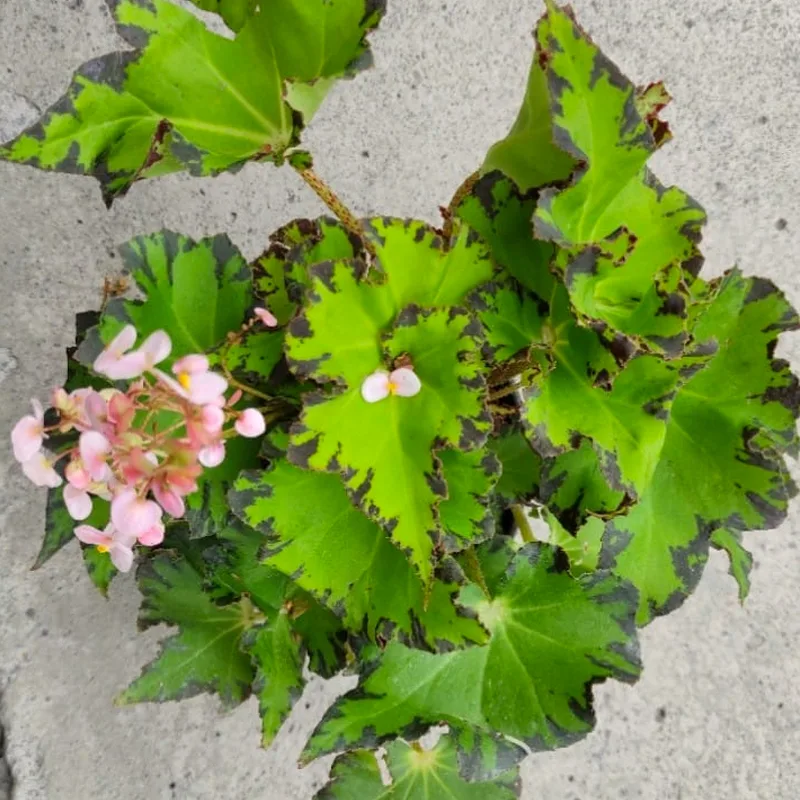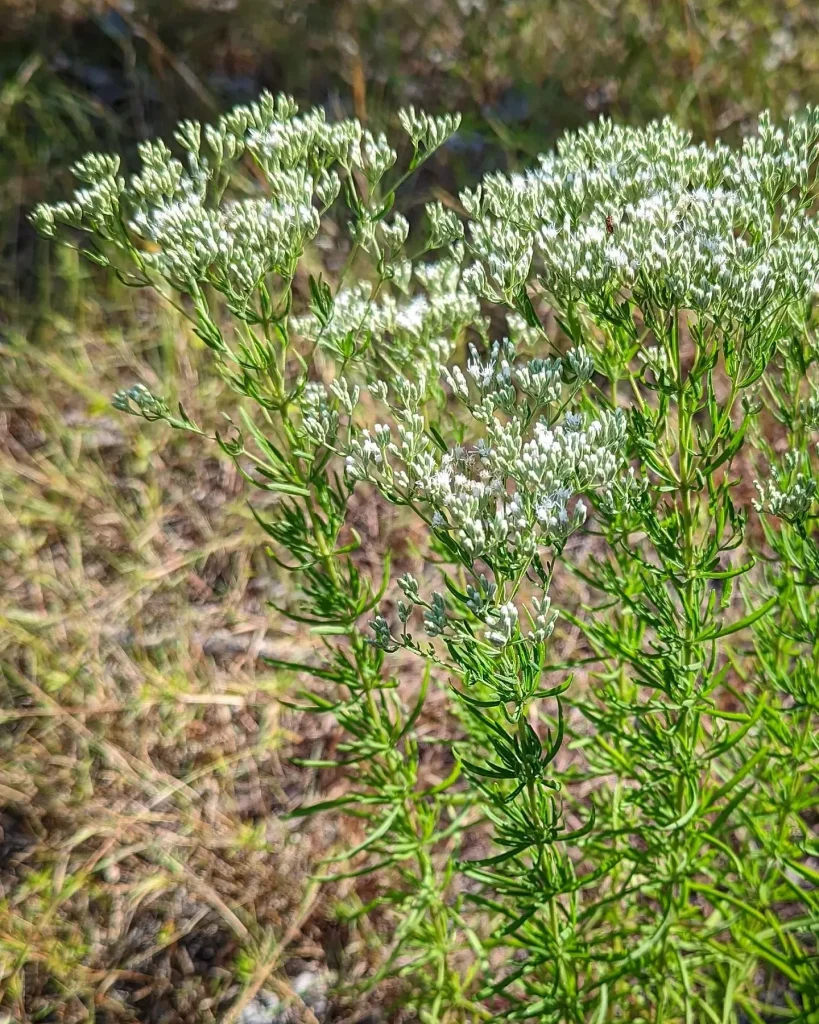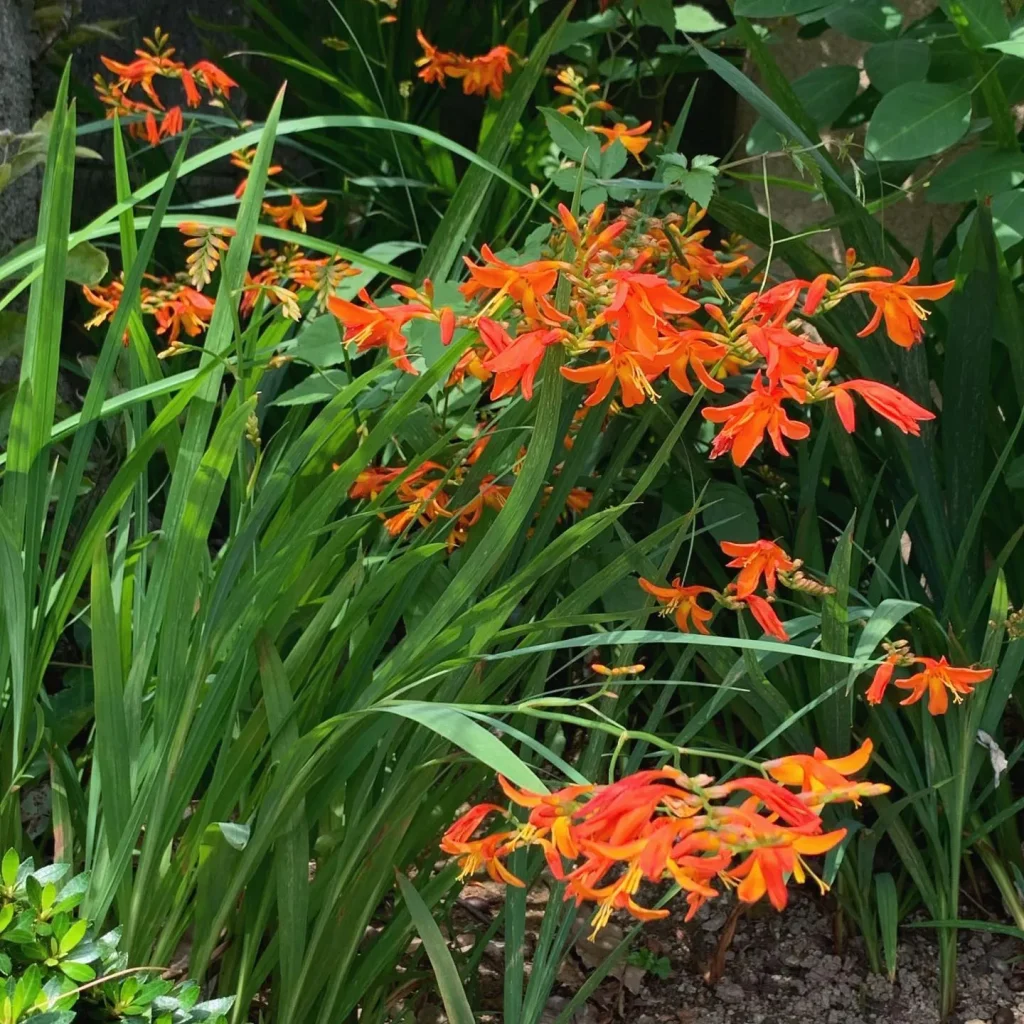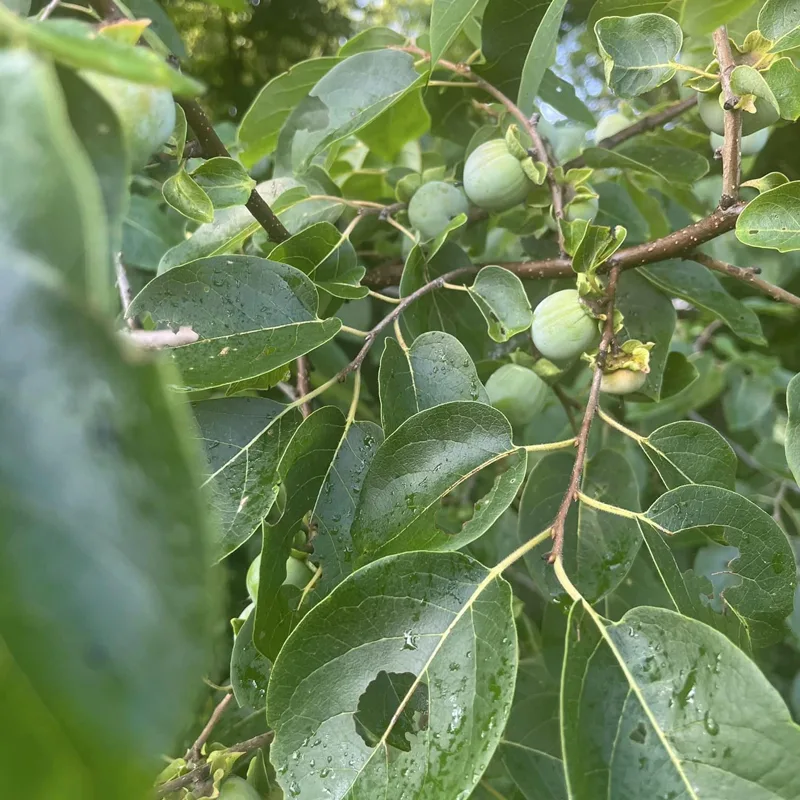Frequently Asked Questions About Phlomis Russeliana
Phlomis Russeliana, often known as Russel’s Phlomis or Jerusalem Sage, is a striking perennial that adds a unique touch to any garden with its bold, woolly foliage and eye-catching yellow flowers. Over the years, I’ve had my share of experience with this plant, and I’ve gathered some commonly asked questions about it. If you’re considering adding Phlomis Russeliana to your garden, here’s a comprehensive guide based on my experiences and research.
116 Species in Genus Phlomis
Is Phlomis Russeliana Invasive?
Phlomis Russeliana has been known to spread vigorously, but it’s not typically classified as invasive in all regions. It can, however, be quite aggressive in certain climates and soil conditions, especially if not properly managed. In my garden, it spread more than I anticipated, so I recommend keeping an eye on its growth and regularly checking for any signs of unwanted spread. While it may not take over your garden in the same way as truly invasive species, it’s wise to provide some containment strategies like regular pruning to keep it in check.
How to Grow Phlomis Russeliana from Seed?
Growing Phlomis Russeliana from seed is a rewarding process, though it requires a bit of patience. Here’s a step-by-step approach that has worked well for me:
- Seed Preparation: Start by soaking the seeds in water for 24 hours to help with germination.
- Sowing: Sow the seeds on the surface of a seed-starting mix. Lightly press them into the soil but do not cover them, as they need light to germinate.
- Temperature and Light: Place the seed tray in a warm, sunny spot or under grow lights. The ideal temperature for germination is around 65-70°F (18-21°C).
- Watering: Keep the soil consistently moist but not waterlogged.
- Transplanting: Once the seedlings have grown a few sets of true leaves and the danger of frost has passed, you can transplant them into your garden or larger pots.
Is Phlomis Russeliana Edible?
Phlomis Russeliana is not typically grown for culinary purposes, and its edibility is not widely recognized. The plant’s primary appeal is its ornamental value. While some species of Phlomis are used in traditional medicine or culinary applications, Russeliana is not generally considered edible or used in cooking. I personally wouldn’t recommend consuming it without further research or guidance from a knowledgeable expert.
Will Phlomis Russeliana Take Over the Garden?
In my experience, Phlomis Russeliana can be quite dominant if not managed properly. It has a robust growth habit and can spread quickly, potentially overshadowing other plants. To prevent it from taking over, consider the following:
- Site Selection: Plant it in a designated area where its spread won’t be an issue.
- Containment: Use physical barriers or borders to limit its spread.
- Regular Pruning: Cut back the plant after flowering to control its size and spread.
How to Care for Phlomis Russeliana?
Caring for Phlomis Russeliana is relatively straightforward once you understand its needs:
- Sunlight: It thrives in full sun to partial shade.
- Soil: Well-drained soil is crucial. It’s quite tolerant of different soil types but performs best in rich, loamy soil.
- Watering: It prefers moderate watering. Over-watering can lead to root rot, so ensure the soil dries out between waterings.
- Fertilization: A balanced fertilizer in the spring can help promote healthy growth.
How to Propagate Phlomis Russeliana?
Propagation of Phlomis Russeliana can be done through both seeds and cuttings:
- Seeds: Follow the seed-growing instructions mentioned earlier.
- Cuttings: Take softwood cuttings in late spring or early summer. Dip the cuttings in rooting hormone and plant them in a well-draining potting mix. Keep them in a warm, humid environment until roots develop.
What to Plant with Phlomis Russeliana?
Phlomis Russeliana pairs well with other perennials and shrubs in the garden. Its tall, woolly stems and bright yellow flowers make a great backdrop for shorter plants. Some good companions include:
- Salvia: Complements the yellow flowers with its blue or purple spikes.
- Lavender: Adds a contrast in color and fragrance.
- Echinacea: Offers a nice mix of textures and colors.
Can You Grow Phlomis Russeliana Indoors?
Phlomis Russeliana is best suited for outdoor gardens. It requires a lot of sunlight and space to grow, which can be challenging to replicate indoors. While it might be possible to grow it in a large indoor space with sufficient light, it’s generally not recommended as an indoor plant.
Is Phlomis Russeliana Toxic?
Phlomis Russeliana is not known to be toxic to humans or pets. However, it’s always a good idea to exercise caution and prevent ingestion of any non-edible plants, especially if you have curious pets or children.
Benefits of Phlomis Russeliana
One of the key benefits of Phlomis Russeliana is its unique appearance and ability to attract pollinators like bees and butterflies. It’s a hardy plant that can withstand drought conditions once established, making it a great choice for low-maintenance gardens.
Common Problems
Some common problems I’ve encountered with Phlomis Russeliana include:
- Overwatering: Can lead to root rot.
- Pests: Watch for aphids and spider mites.
- Diseases: Be mindful of fungal issues in humid conditions.
In conclusion, Phlomis Russeliana is a beautiful and robust plant that can be a fantastic addition to your garden if managed correctly. Its growth habits and care requirements are manageable with the right approach. If you’re considering adding it to your garden, I hope these insights help you make an informed decision.
If i die, water my plants!



